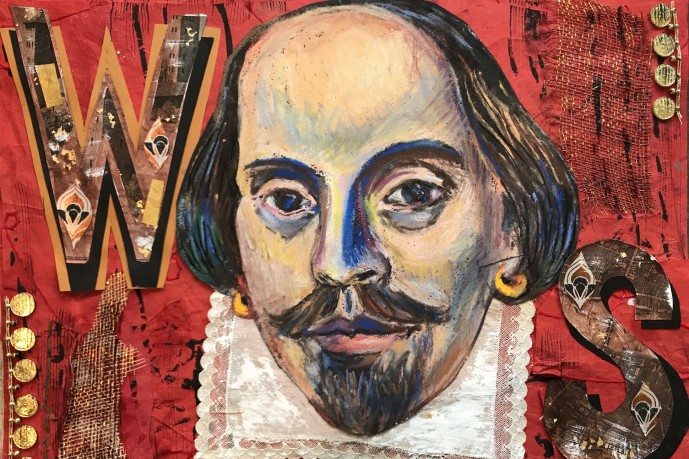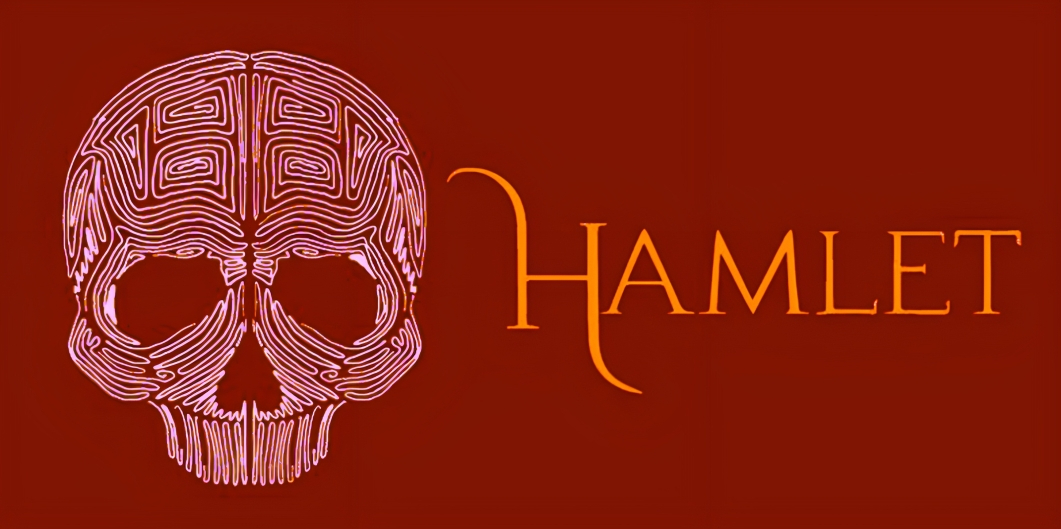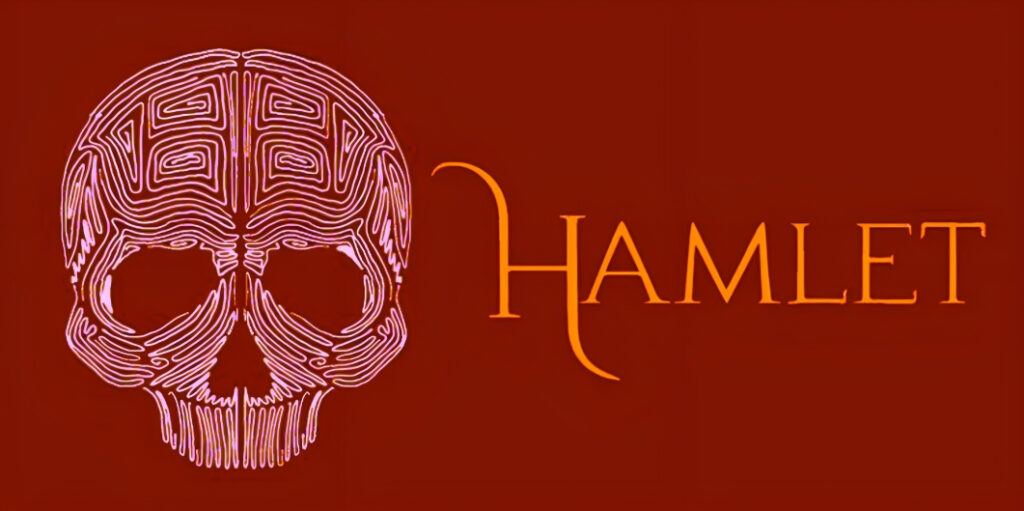“To be or not to be” is the famous question that Hamlet poses in Act Three, Scene One. Explore this speech.
Hamlet’s soliloquy, “To be or not to be,” is one of the most famous passages in English literature, and it has captured the imagination of audiences for centuries. In this speech, Hamlet contemplates the nature of existence and whether or not it is worthwhile to continue living. Through his words, he expresses his inner turmoil and the conflicting emotions that he experiences.
Related Content: A note on the character of Claudias in “Hamlet”
At the start of the speech, Hamlet acknowledges that life is full of pain and suffering. He asks, “Whether ’tis nobler in the mind to suffer the slings and arrows of outrageous fortune or to take arms against a sea of troubles.” Here, he is weighing the benefits of enduring the difficulties of life versus taking action to escape them. He recognizes that life can be difficult and that it takes strength to bear the burdens that come with it.
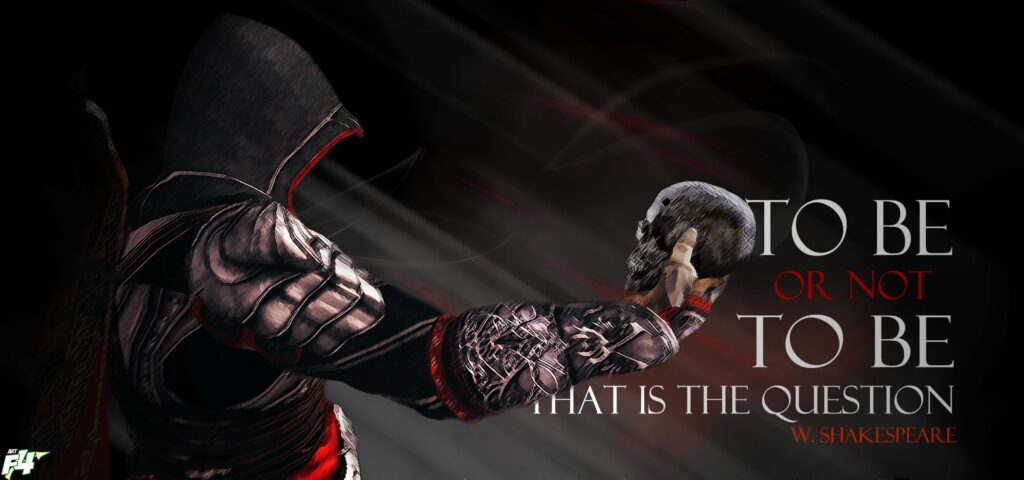
Hamlet then turns to the question of death, asking whether it is preferable to die and escape the suffering of life. He muses, “To die: to sleep; no more; and by a sleep to say we end the heartache and the thousand natural shocks that flesh is heir to.” Here, he is contemplating the finality of death and how it would bring an end to the pain and troubles that he is experiencing. He suggests that death is like a deep sleep that would allow him to rest from the difficulties of life.
However, Hamlet then acknowledges that the fear of the unknown is what often keeps people from taking their own lives. He says, “But that the dread of something after death, the undiscovered country from whose bourn no traveler returns, puzzles the will and makes us rather bear those ills we have than fly to others that we know not of.” Here, he is acknowledging that the fear of the afterlife and what may happen to us once we die is a powerful deterrent from suicide. He suggests that the unknown is more frightening than the difficulties of life.
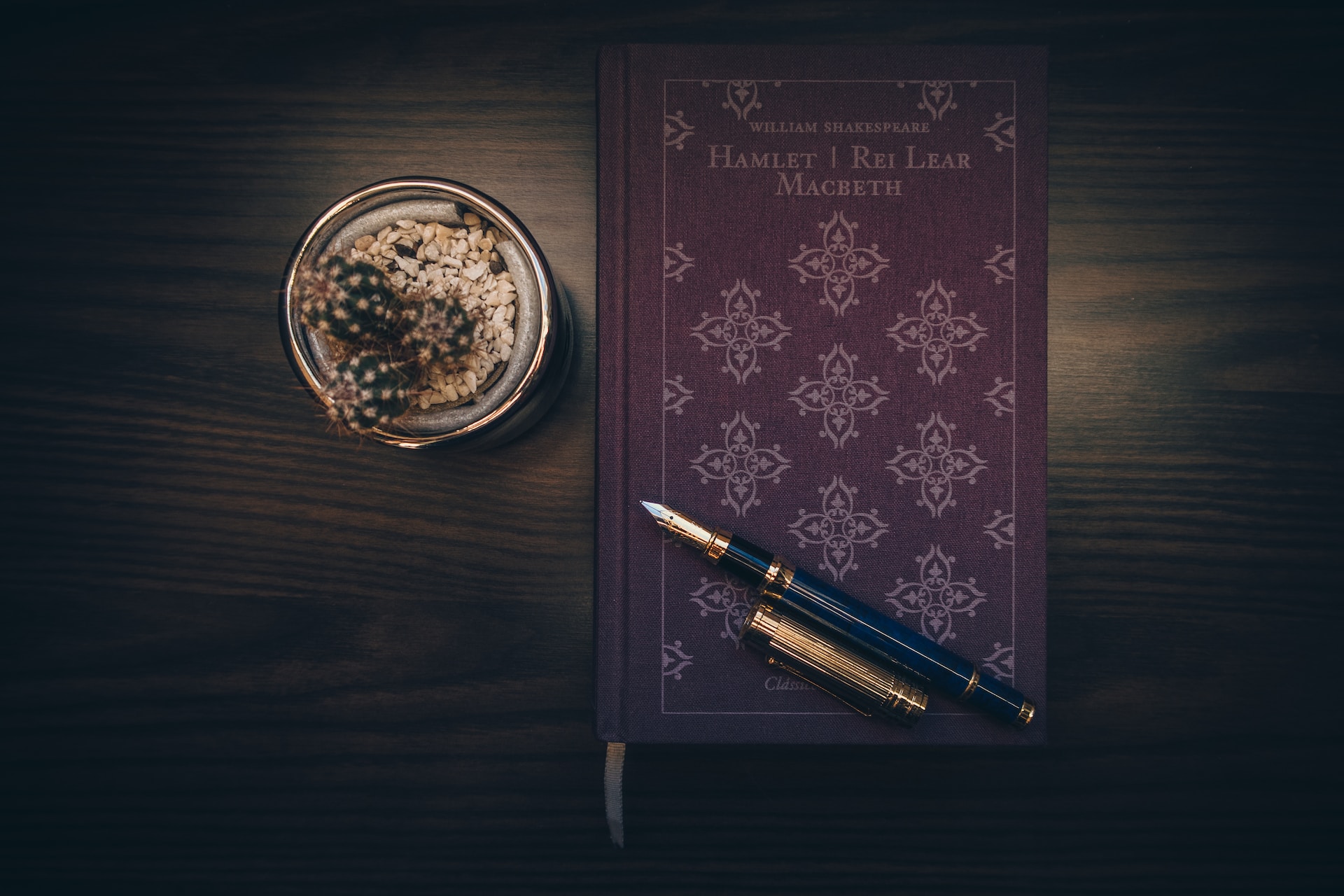
Finally, Hamlet concludes his soliloquy by acknowledging that his thoughts and emotions are keeping him from taking action. He says, “Thus conscience does make cowards of us all, and thus the native hue of resolution is sicklied o’er with the pale cast of thought.” Here, he is acknowledging that his own conscience and his tendency to overthink are preventing him from taking decisive action. He suggests that his own thoughts and emotions are making him weak.
In conclusion, Hamlet’s soliloquy, “To be or not to be,” is a powerful exploration of the nature of existence and the human experience. Through his words, Hamlet expresses the inner turmoil and conflicting emotions that he experiences as he contemplates the possibility of suicide. He recognizes the difficulties of life, the fear of the unknown, and the power of one’s own thoughts and emotions. Ultimately, Hamlet’s soliloquy is a reminder of the complexity of the human experience and the importance of grappling with life’s big questions.
